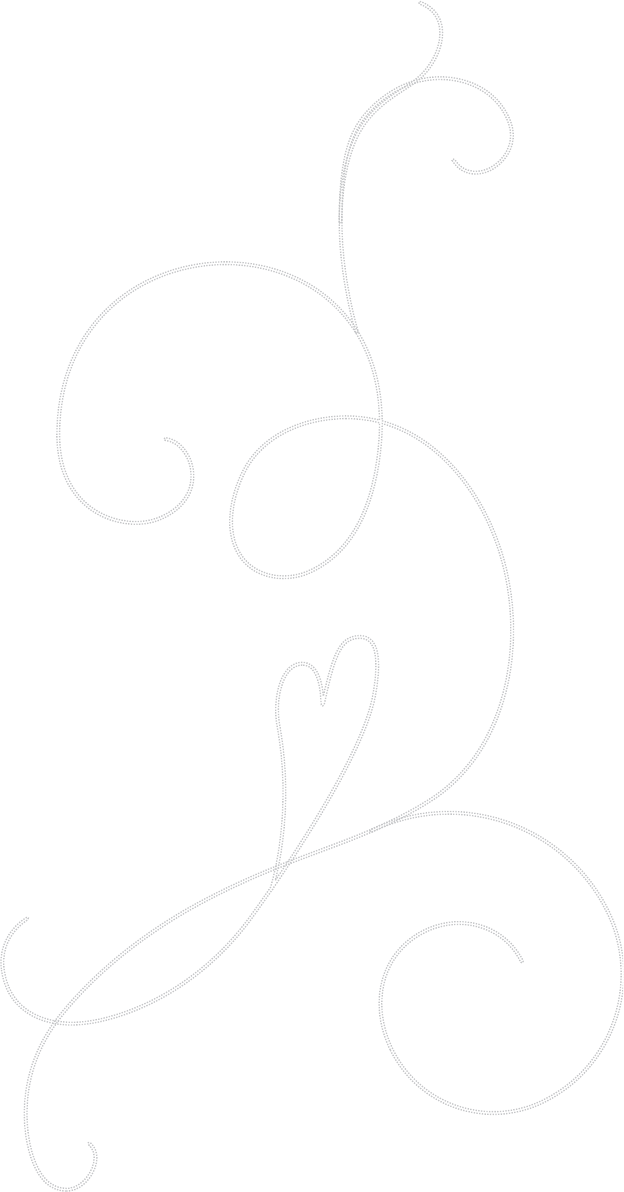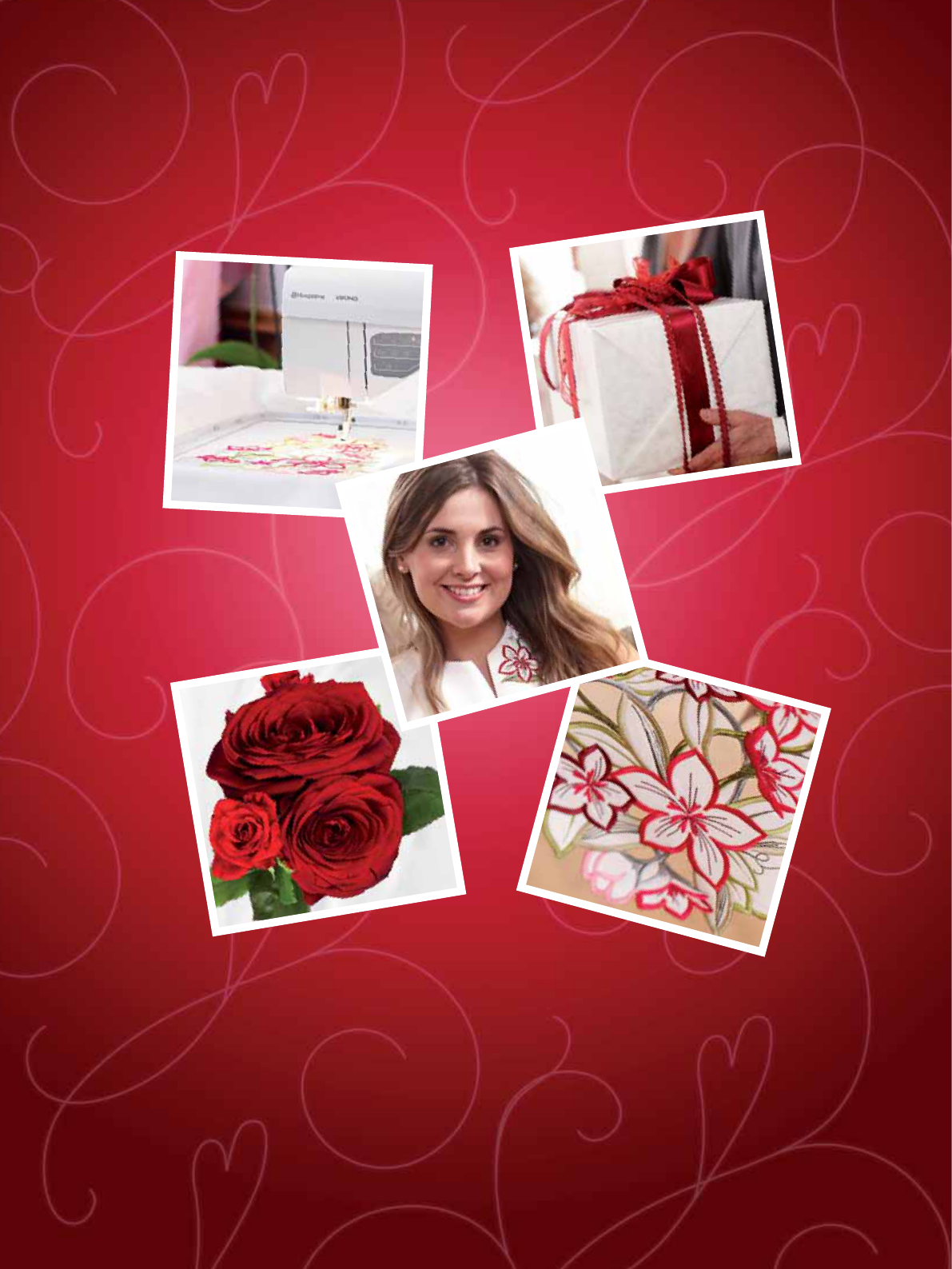Selection Area ........................................................................9:2
Selection Modes ..................................................................7:10
Selective Thread Cutter .....................................3:12, 4:7, 8:10
Selective Thread Cutter Auto ..............................................3:6
Select more than one color block .......................................7:6
Select one Design ................................................................7:10
Self-Adhesive Glide Plates ...................................................1:9
Sensor Foot Down and Pivot ...........................3:12, 4:7, 8:10
Sensor Foot Pressure ............................................................3:5
Sensor Foot Up and Extra Lift ........................3:12, 4:7, 8:10
Sensor One-Step Buttonhole Foot ............ 1:9, 2:4, 4:6, 4:13
Sensor One-Step Buttonhole Foot socket ........................1:6
Sensor Presser Foot Lift.......................................................3:7
Sensor Q-foot ........................................................................4:7
Sensor Q-foot for embroidery ............................................3:9
SET Menu .....................3:3, 3:4, 3:5, 3:8, 3:11, 3:12, 4:5, 4:7,
........................................................ 6:6, 7:2, 8:7, 9:6, 10:3, 10:8
Set needle point .....................................................................8:3
Sewing a stitch program .......................................................5:4
Sewing/Embroidery Mode ..................................................4:2
Sewing Mode .......................................3:2, 3:8, 3:11, 3:12, 4:2
Sewing pop-up messages ...................................................4:19
Sewing Settings .............................................................. 3:5, 3:6
Sewing Technique .................................................................4:2
Sewing Techniques ........................................................ 4:4, 4:8
Sewing Thread .......................................................................2:9
Shipping brace .......................................................................6:2
Side Motion Foot S ...............................................................1:9
Slide on the hoop ..................................................................6:4
Software
5D™ Embroidery Machine Communication CD ............... 1:8
5D™ Embroidery Software..................................................2:11
5D™ Organizer ......................................................................2:11
5D™ QuickFont .....................................................................2:11
Sound Settings ............................................................... 3:5, 3:9
Special sewing techniques ..................................................4:18
Specialty stitches ..................................................................1:16
Specialty threads ....................................................................2:3
Speed ...........................................................................3:11, 8:10
Spool cap ..................................................2:3, 2:4, 2:5, 2:6, 2:7
Spool caps ..............................................................................1:7
Spool pin ................................................................................2:7
Spool Pins ...............................................................................2:3
Stabilizer .................................................................................1:8
Stabilizer Recommendation .................................................4:2
Stabilizers ................................................................................2:9
Start Menu ...............................3:2, 3:3, 4:2, 4:4, 6:5, 7:2, 7:10
Start/Stop ............................................................3:12, 6:6, 8:10
Step Stitch-by-Stitch .............................................................8:2
Step Stitch-by-Stitch control ...............................................8:8
Step Through Designs ................................................ 7:3, 7:10
Sticky Stabilizer ......................................................................2:9
Stitch
Load ............................................................................................7:2
Stitch Density .........................................................................4:7
Stitch fonts .............................................................................3:3
Stitch Length ...........................................................4:2, 4:6, 5:2
Stitch Menu .............................................................3:3, 4:4, 5:2
Stitch Menu Name ................................................................4:2
Stitch-out order of selected design ....................................7:7
Stitch Overview ...................................................................1:10
Stitch plate ..............................................................................1:6
Stitch Positioning ..................................................................4:6
Stitch program commands ..................................................5:4
Stitch Program Out of Range .............................................5:6
Stitch Re-Start ................................................................ 4:2, 4:5
Stitch Selected ........................................................................4:2
Stitch Selection Area .............................................................4:2
Stitch Settings ................................................................ 3:5, 4:5
Stitch Start ..............................................................................4:2
Stitch Submenus ....................................................................3:3
Stitch Width ............................................................4:2, 4:6, 5:2
Stitch Width Safety ..............................................3:6, 3:7, 4:19
STOP ........................................................... 3:11, 5:4, 8:7, 8:10
Stretch heavy ..........................................................................4:3
Stretch Hem .........................................................................4:12
Stretch light ............................................................................4:3
Stretch medium .....................................................................4:3
Stretch Needle .......................................................................2:8
Stretchy fabrics ......................................................................8:6
Stylus .......................................................................................1:7
Stylus holder ...........................................................................1:6
Submenus ....................................................................... 3:3, 4:4
System Busy ...........................................................................9:6
T
Take-up lever..........................................................................2:4
Tape measure .........................................................................1:6
Tapering off .........................................................................4:18
Taper Satin Stitch ................................................................4:18
Tear-Away Stabilizers ............................................................2:9
Text ........................................................................................3:10
Thread Color Change ...........................................................7:6
Thread cut command ...........................................................5:4
Thread cutter ................................................................. 1:6, 2:5
Thread cutter for bobbin winding ......................................1:6
Threader hook .......................................................................2:4
Thread guide ...........................................................2:4, 2:6, 2:7
Threading
Needle ........................................................................................2:4
Twin Needle ..............................................................................2:5
Upper thread .............................................................................2:4
Threading the needle
Manually .....................................................................................2:4
Thread Manufacturer ............................................................3:8
Thread net ..............................................................................1:7
Threads ................................................................................... 2:9
Thread Sensor ........................................................................2:5
Thread slots ............................................................................1:6
Thread take-up lever .............................................................1:6
Thread Tension ......................................................4:2, 4:5, 8:2
Thread Tension Compensation ..........................................3:8
Thread Tension Control ......................................................8:8















































































































